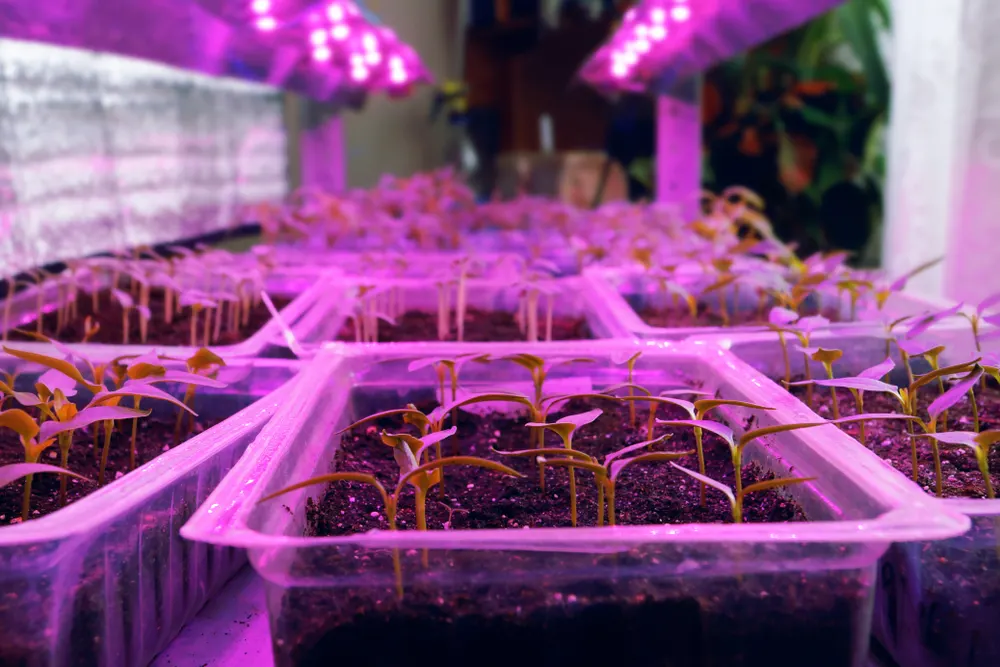
At some point in your gardening or houseplant journey, you’ll find yourself wondering if you need a grow light.
Maybe you want to get a jump on the gardening season and produce some exceptionally hardy little seedlings. Or maybe you have a finicky orchid that won’t bloom because it needs more light than your windows can provide.
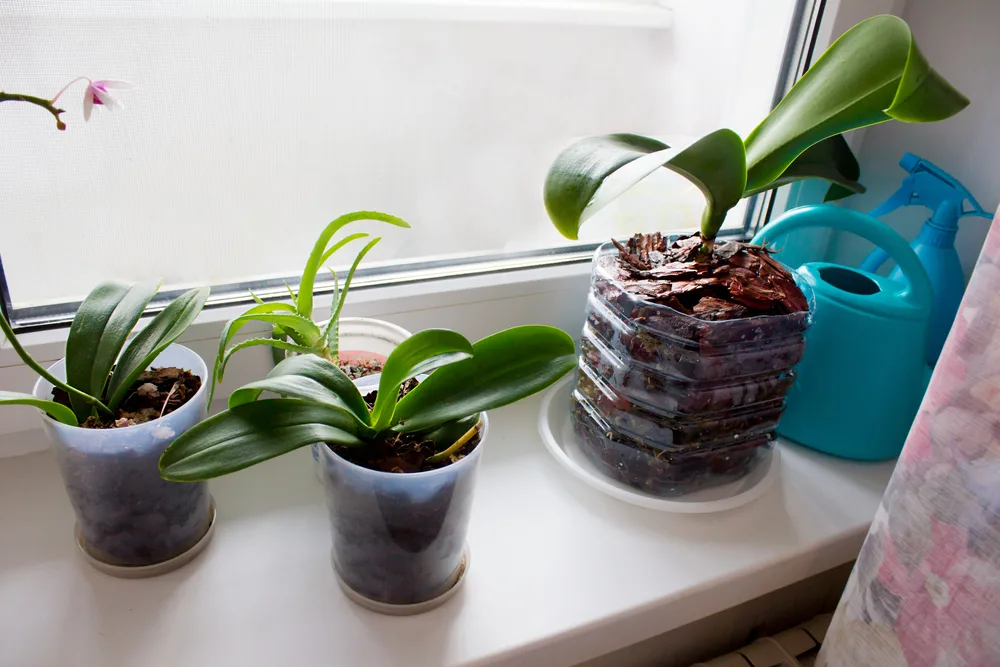
If you’re anything like me, you’ll do what I did – go straight to Google, type in grow lights, and be immediately overwhelmed by the search results.
LED grow lights? Full-spectrum? PAR? PPFD? What’s the big deal with red and blue light? 9W all the way up to 3000W? Infrared? Ultraviolet? Huh?
Again, if you’re anything like me, you’ll decide you don’t really need a grow light after all, right? Those spindly little seedlings on the windowsill will catch up eventually.
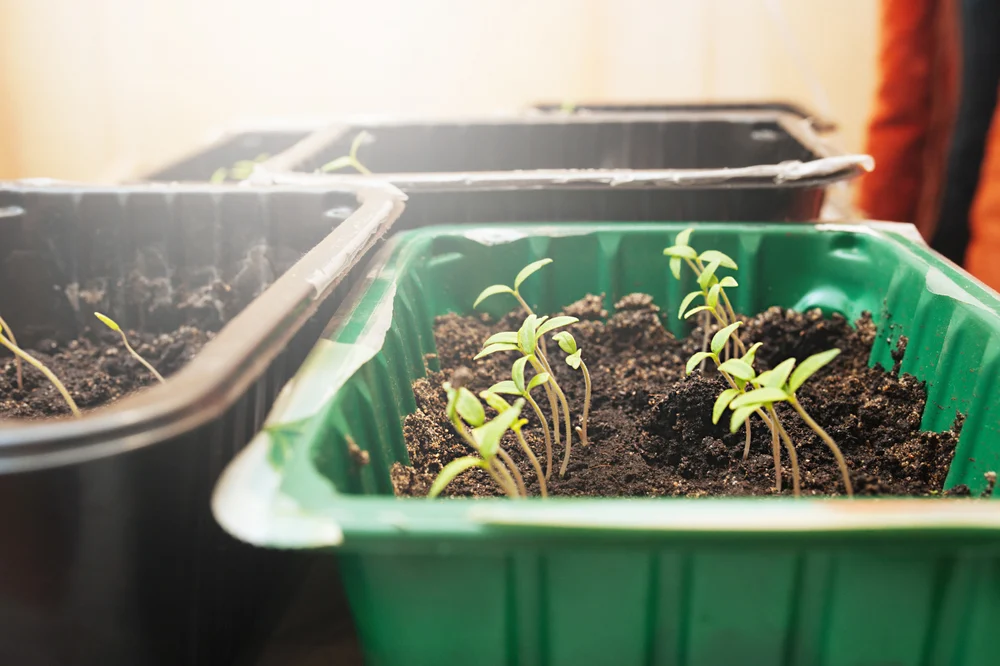
Or maybe you’ll just grow vegetables that do well in the shade. And that orchid is a lovely plant even if it never blooms.
But I gritted my teeth and decided to dig into LED grow lights to see if I could make some sense of all these terms because I knew my Rural Sprout readers depend on me.
Spoiler alert – I ended up more confused than when I started. But hey, I did it, so you don’t have to; I’ll share what I’ve learned so you can make the best decision for your plant growing needs.
Make a cup of tea, and meet me back here in five.
Everything you need to know about LED Grow Lights
Got your tea? Okay, let’s dive in.
Old School Grow Lights
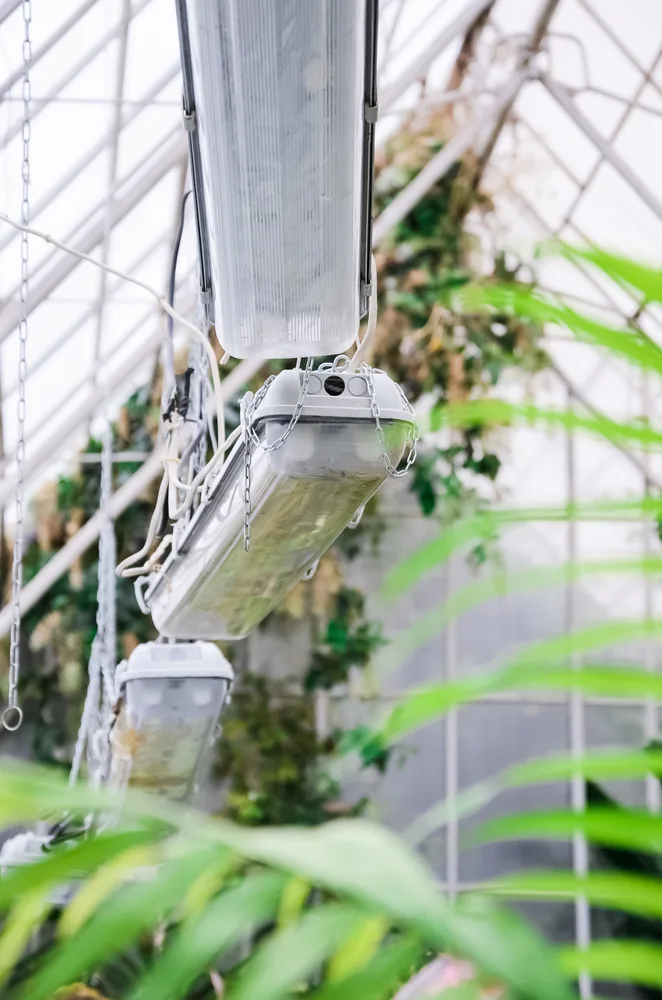
Back in the day, grow lights consisted of large setups with heavy ballasts that took up a ton of space. And you could tell what neighbor was into plants by the strange purple glow or weird orange glow coming from one of their windows every evening.
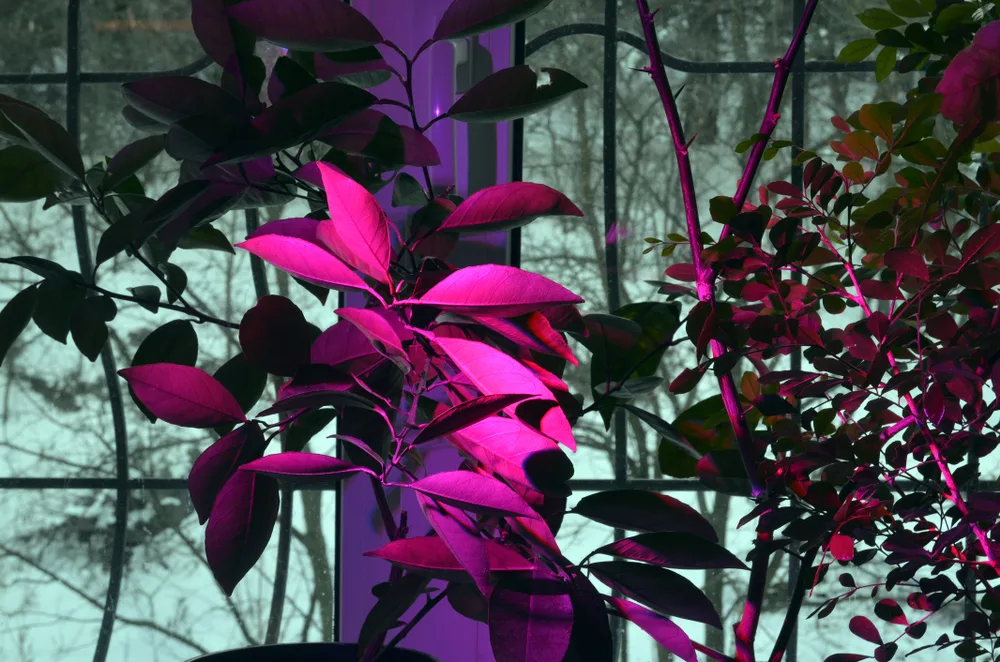
These grow light setups were pricey both to purchase and to run.
LED Grow Lights Are Where It’s At, the ISS Says So
Today LEDs are the best option. As the technology has developed, LEDs or light-emitting diodes have dropped in price significantly, making them a great choice for the budget and energy-conscious gardener.
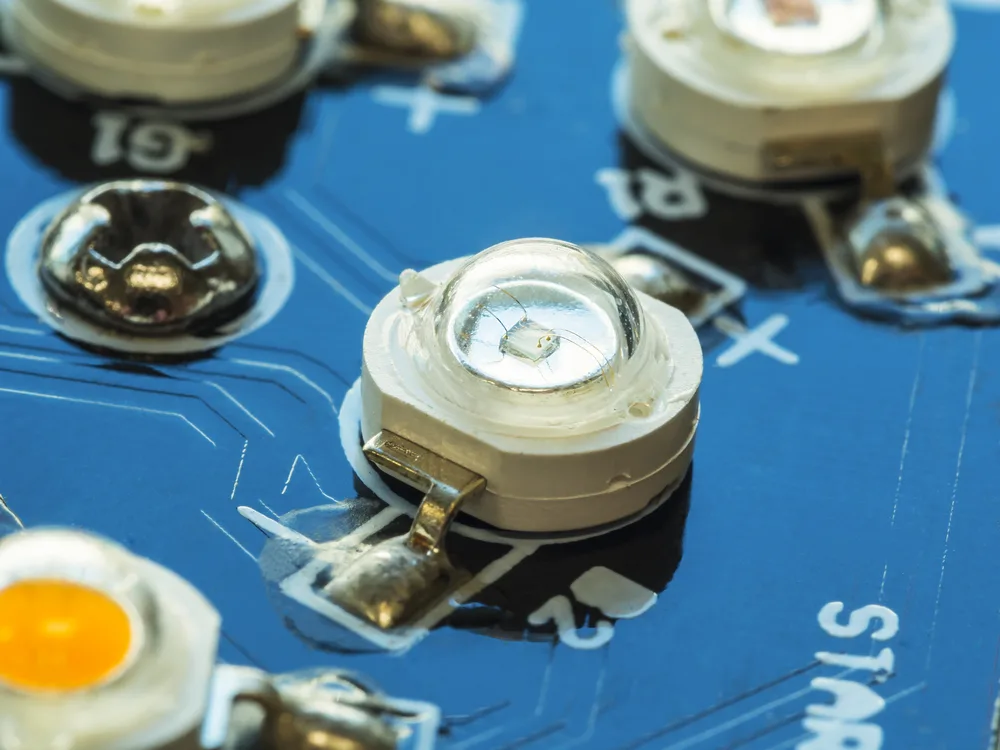
However, one of the most important things to keep in mind going forward is that inexpensive LEDs vary wildly from one manufacturer to the next. And as they aren’t regulated, some of the claims manufacturers make about their lights are pretty hard to prove.
Or worse, their claims are just made-up fluff to sound impressive.
I know, right? I, too, am shocked that manufacturers would lie about a product to boost their sales.
Watt are you talking about, LED?
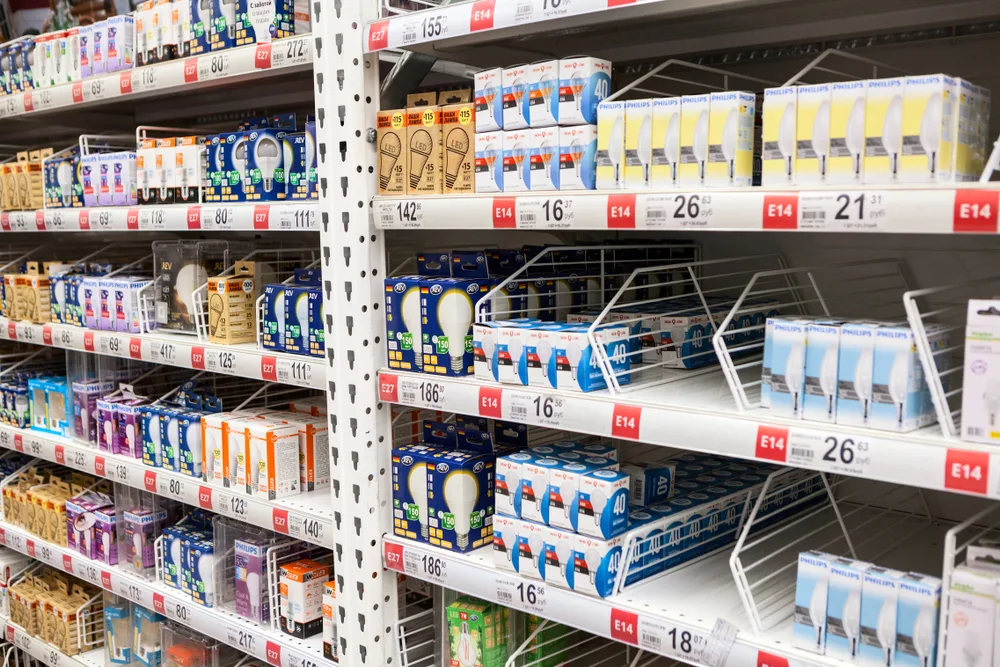
Most of us have spent our lives choosing lightbulbs based on their wattage. The higher the wattage, the brighter the bulb. And this worked great as long as we were using Edison’s handiwork to light our homes.
However, LEDs work very differently than our old school incandescent bulbs. They use a fraction of the energy, stay much cooler, and they’re super bright.
All of this makes them a solid option for home gardeners and houseplant enthusiasts looking for an inexpensive grow light option that doesn’t take up a ton of room and won’t kill your energy bill.
There’s a bit of a learning curve for all of us, though.
When we all started buying these fancy new LEDs to light our homes, we looked for the wattage on the box. Unfortunately, watts don’t work when it comes to how bright LEDs are. Wattage isn’t actually a measurement of brightness, but how much electricity is used.
A 40W incandescent bulb and a 40W LED aren’t even going to be in the same ballpark when it comes to brightness. While you can comfortably read a book with a 40W incandescent bulb, you could probably blind yourself with a 40W LED.
But because consumers are so used to shopping for lights by the wattage, most LED grow light manufacturers throw out big wattage numbers to make their grow lights sound impressively bright.
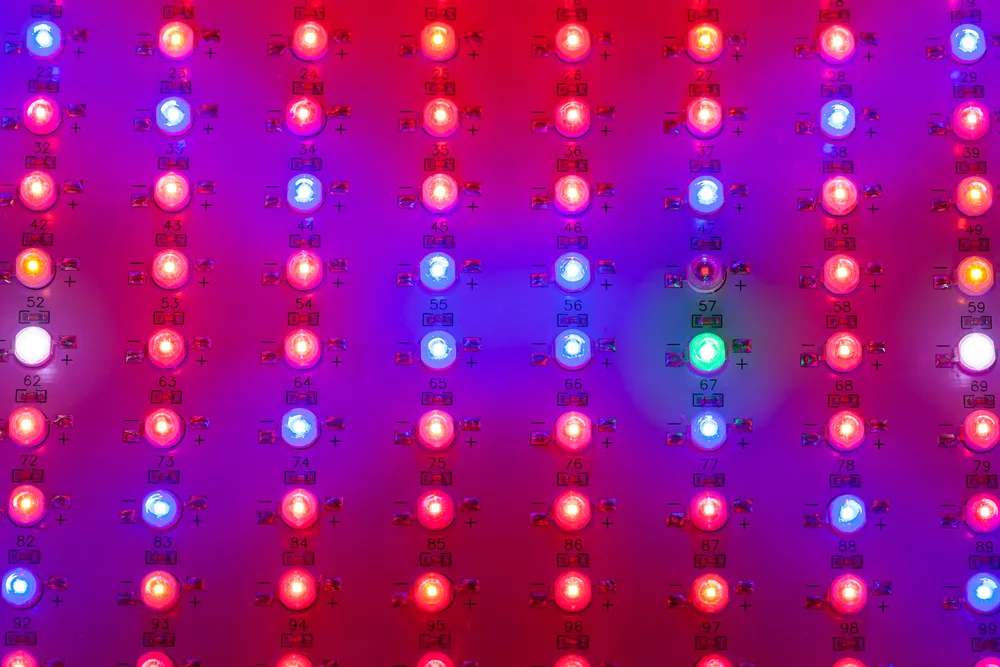
When looking specifically at individual LED grow light bulbs or lamps, you’ll have to dig to find the actual wattage.
Don’t be surprised to see a much smaller number, like 9W or 12W. That’s good for your electric bill.
And the most infuriating part of this practice? Wattage really doesn’t mean anything where LED grow lights are concerned. What’s more important to your plants’ needs are the colors and intensity of the grow light.
Remember the big purple grow lights of the past? For a long time, scientists thought that all plants needed in the sun’s absence were red and blue light.
But we’ve since learned that’s not the case.
The best research on what kind of lights and what color lights work best for growing plants has been done, oddly enough, in space. It’s a bit tough to stroll down to the garden or the farmer’s market for a head of lettuce when you’re on the International Space Station, so growing food efficiently without the use of bulky light fixtures becomes pretty important.

Thanks to all the cool research done up there, we know plants thrive when they receive all of the visible light colors and even some infrared and ultraviolet light.
Right now, every gardener back here on earth is saying, “Well, duh.”
Remember fifth period Earth Science all those years ago?
Yeah, me either, which is why we’re going to take a couple of minutes to talk about light and color, and that starts with the electromagnetic spectrum.
Excuse me, electromawhat?
The universe is filled with electromagnetic radiation.
I know, I know, people get a little freaked out by the word radiation.
At Rural Sprout, we like to focus on a natural lifestyle, and you don’t get more natural than the universe’s electromagnetic radiation. Radiation isn’t necessarily a bad thing; the literal definition is to emit energy.
I could say you look radiant today, and you wouldn’t think that was a bad thing. It just means you’re emitting energy, which you are.
(You look marvelous, darling.)
So, what is it?
The simplest explanation is that electromagnetic radiation is naturally occurring waves that carry different types of energy. These types of energy waves make up the electromagnetic spectrum, and they’re everywhere in the universe.
Some examples are radio waves, infrared and ultraviolet, visible light, and microwaves.
As far removed as that concept sounds, we use these different energy waves all day, every day. Your cell phone relies on radio waves (which are also emitted by the stars, cool, huh?). The remote control to your TV uses infrared light.
And, of course, visible light (which allows us to see color) is also on the electromagnetic spectrum.
We measure these in wavelengths, which can be several meters long or incredibly tiny nanometers. You don’t need to know what a nanometer is or even about wavelengths to purchase a grow light. What is helpful is knowing that visible light and the individual colors fall into the teeny-tiny nanometer range on the electromagnetic spectrum (see below).
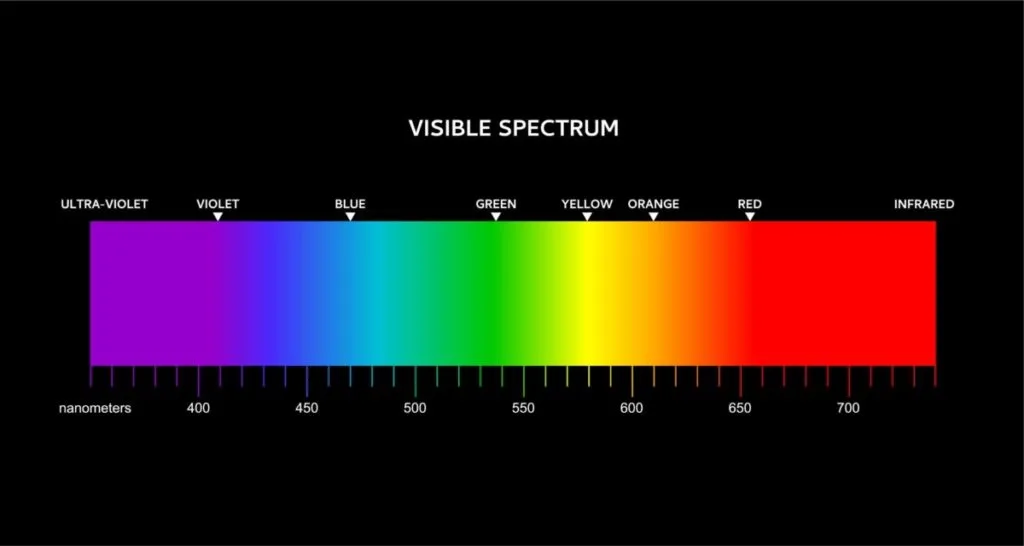
NASA scientists took a good hard look at how plants use the different colors that make up light, and here’s what they found.
As I am not a NASA scientist, (oh, you didn’t know?) I’ll paraphrase.
Red light 630 – 660 nm
Red light is the main driver for photosynthesis, very important for stem growth, leaf growth, and overall sturdier plants. It also plays an important role in flowering, dormancy, and seed germination. (Hi little seedlings, you need some red light.)
Blue light 400 – 520 nm
“There do not seem to be any simple answers regarding how little or how much blue light is required in an SSL prescription for any given plant species, or even when to apply it during a given plant life cycle.” As you can see, blue light seems to have stumped even the NASA scientists
They found that even though blue light makes up 1/3 of sunlight, plants grown outdoors don’t seem to be sensitive to it, but blue light is necessary for healthy plants when grown indoors. But it’s hard to determine how much blue light. And in fact, too much blue light can have negative effects.
When it comes to blue light for grow lights, this one is a big shoulder shrug.
Green light 500 – 600 nm
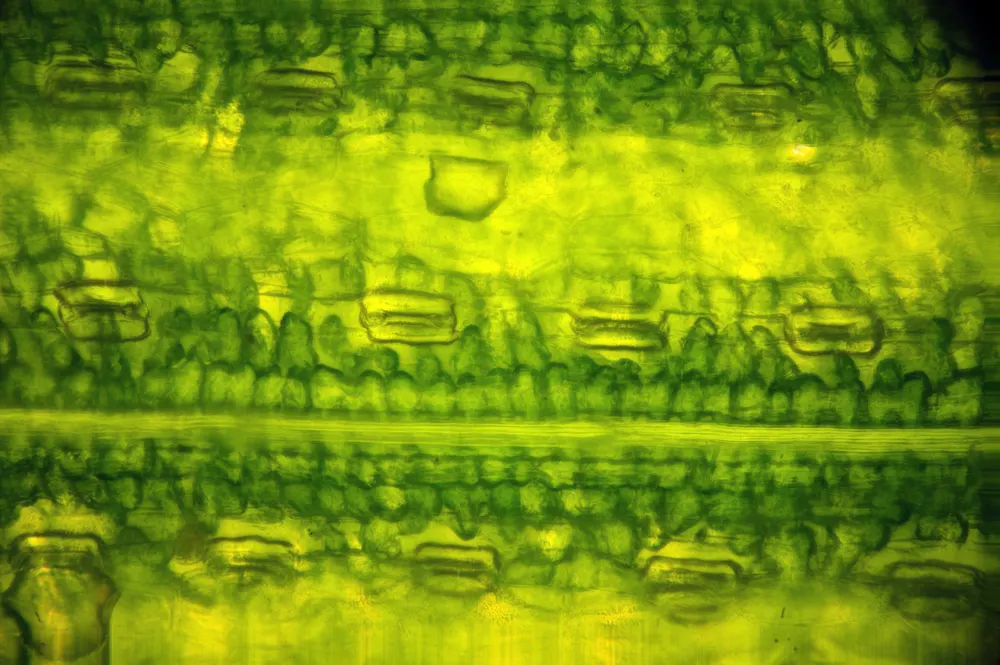
Green light has been shrugged off as unimportant in the past because it wasn’t needed for photosynthesis to occur in a test tube. But as any gardener will tell you, most of us don’t grow plants in test tubes. Scientists, go figure.
The NASA researchers were surprised to find that plants use quite a bit of green light. One of the main things plants use green light for is leaf growth on the plant’s interior. Think of your big bushy tomato plants; green light is essential for those leaves lower on the plant and inside towards the main stem to thrive.
Far right red or infrared 720 – 740 nm
Again, this light wavelength has been ignored because we can’t see it, and until recently, the bulbs to create it has been kind of pricey. But our ISS researchers found that infrared is important for flowering plants or getting plants to flower quickly.
White light 400 – 700 nm
At this point, I know what you’re all thinking, at least those of us who grow plants outdoors. “Call me crazy, but wouldn’t a light that mimics the sun, you know, like a white LED light, be the best option for a grow light?” The answer is yes, sort of, maybe.
‘White’ LED lights are actually blue bulbs. (Hence the bluish-white Christmas lights we’ve seen for the past several years.) A phosphorus coating is applied to the LED lens or the bulb to get a true, white light.
So what?
Well, when you use a phosphorus coating, it decreases the intensity of the light. Remember when I said way back at the start that color and intensity were important? Yup, here is where that comes into play.
If you’ve purchased LED lights for your home, you know that white comes in three ‘flavors’ – warm-white, cool-white, and neutral-white. And none of them have the right mix of the intensity of red, blue, and green to mimic the outside sun at midday.
I know; I may have groaned in frustration when I first read that too.
The good news is that because LEDs are much cooler than old grow lights, you can set them up much closer to the plants without the risk of overheating your precious babies. So even if your ‘white’ LED is less intense, you can make up for it by setting it closer to your plants.
What the heck are PAR and PPFD?
These are other terms LED manufacturers like to bandy about (do people still say that) to sound impressive. While these terms are important when it comes to light and plants, they don’t give us much information where LED grow lights are concerned. But that doesn’t stop manufacturers from using them often and incorrectly.
PAR
Or photosynthetically active radiation is the name of the range of light used by plants – basically all visible light plus infrared and ultraviolet light. Manufacturers like to use it to make it sound like an amount.
“Our grow light has three times the PAR output as our competitors.”
It’s bunk. PAR is a what, not a how much.
PPFD or PFD
This is the ‘how much.’ Photosynthetic photon flux density measures photons; this basically measures how much of the usable light is making it to the plant.
Hopefully, soon, we’ll be able to look at an LED grow light and find its PPFD listing, as this is the best way we have of measuring the effectiveness of LEDs for plants. But as of this writing, LEDs are unregulated and, as you’ve already found, pretty hard to figure out what claims are true and what works best.
Right about now, you’re probably mad at me because you’re no closer to knowing what LED grow light to get than when you started.
And all I can say is I’m sorry. Trust me when I say there are tons of blog posts out there that are happy to tell you to get an LED grow light with red and blue lights and call it a day.
There’s already too much misinformation out there. I’d rather have you miffed at me (It’s okay, I can take it, I’ve raised a teenager.) but be equipped with good information than give you a line of bull and send you off to Amazon to waste your money.
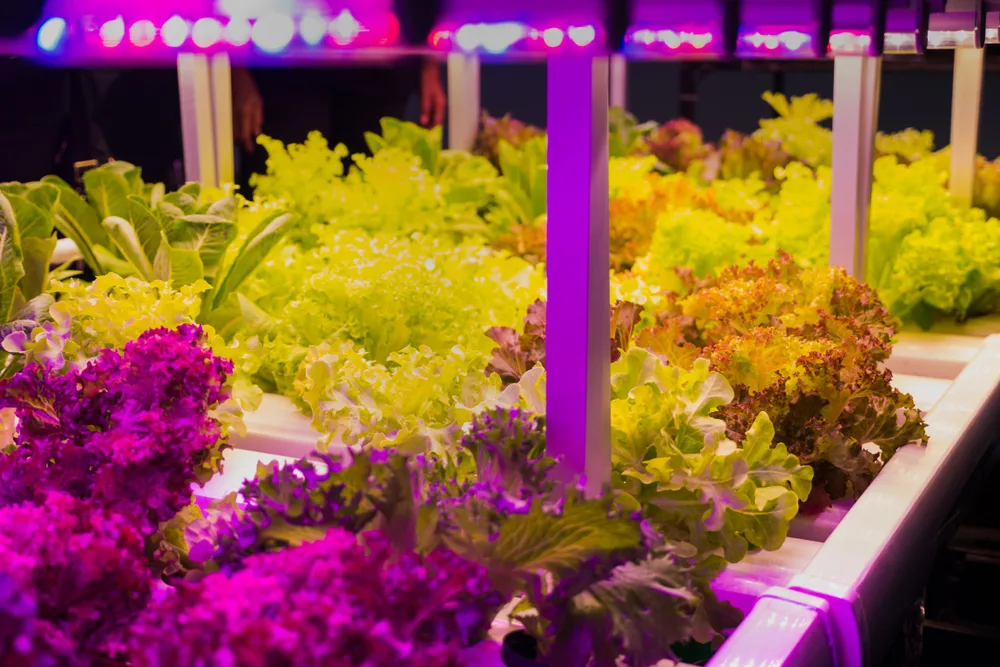
So, for now, I’m not going to recommend a specific product; rather, I’m going to tell you what’s important to look for when choosing your LED grow light. Ultimately, it’s your choice, your budget, and you know your space needs better. Just keep in mind that as frustrating as all of this is, a decent LED grow light is still better for your plants than nothing.
- Ignore the wattage nonsense
- Look for a true full-spectrum bulb. Read the fine print and see if it has all three colors – red, blue, and green. Some manufacturers will list the nanometers. Some white would be great too.
- If you’re concerned with flowering plants, you need something with infrared.
- Choose a style of light that’s easy to position around the plant.
- Make sure what you’re buying is UL listed. The market is flooded with cheap LEDs right now, many of which aren’t tested by the Underwriter’s Laboratories for safety.
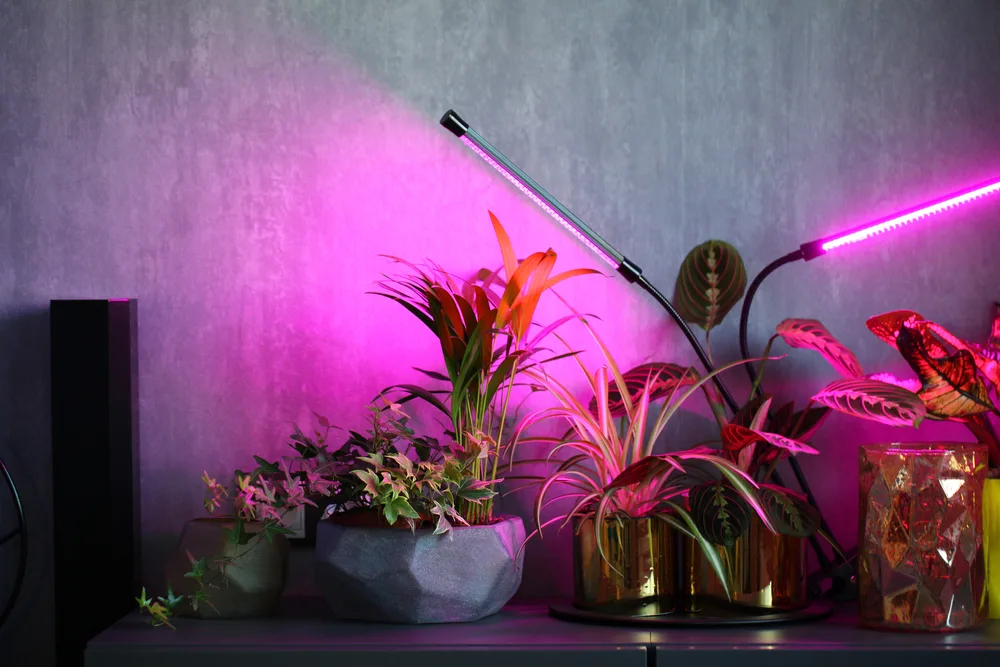
Well, thanks a lot, Tracey.
Yeah, I know, but this is the state of grow light LEDs right now. We know they’re far better for plants than their old counterparts, but we still aren’t sure what the best mix of colors and intensities are for optimum growth. And in the meantime, there are a lot of false claims being thrown around by manufacturers.
At least now, you can spot the fluff when you’re shopping and not be lured in by claims of 100,000W setups.
I’m sure as long as NASA scientists are eating salad on the ISS, we will continue to learn more and improve our technology. And one day soon, you’ll pop in for your daily dose of Rural Sprout, and there will be an article about The BEST LED Grow Light Technology Has to Offer.

Get the famous Rural Sprout newsletter delivered to your inbox.
Including Sunday musings from our editor, Tracey, as well as “What’s Up Wednesday” our roundup of what’s in season and new article updates and alerts.

